
Welcome to this guide on Technical SEO crafted just for you. We know how important it is for your dental practice to be found online, and that’s where Technical SEO comes in. Let’s dive right in!
In today’s digital age, most patients find dentists through online searches. So, it’s essential to have a strong online presence, and that’s where Technical SEO plays a critical role. It ensures your website is easily crawlable and indexable by search engines like Google. When done right, Technical SEO helps your dental website rank higher in search results, leading to more patient bookings and increased revenue.
This easy-to-follow guide will walk you through the ins and outs of Technical SEO for dental websites.
You’ll learn about:
By the end of this guide, you’ll have a solid understanding of Technical SEO and why it’s crucial for your dental practice’s success.

In this section, we’ll break down the concept of Technical SEO and explore its role in boosting your dental practice’s online presence. Don’t worry; we’ll keep things simple, so even if you’re new to SEO, you’ll catch on quickly!
Technical SEO refers to the process of optimizing your website’s technical aspects to help search engines crawl, index, and rank it effectively. It’s like laying a solid foundation for your dental website’s online success. Here are some key components of Technical SEO:
Technical SEO is a critical component of your dental practice’s online success. It works hand-in-hand with on-page and off-page SEO to improve your website’s visibility in search engine results. When your site is technically sound, it becomes more appealing to both users and search engines. This, in turn, leads to higher search rankings, more traffic, and ultimately, more patients discovering your dental practice.
By investing in Technical SEO, you’ll create a strong foundation for your dental website’s growth, making it easier for potential patients to find and connect with your practice online. So, let’s dive into the next sections and learn how to optimize your website’s technical aspects for maximum impact!

Let’s talk about crawlability, which is a crucial factor for your website’s success. When search engines can’t crawl your site effectively, your online presence suffers. Let’s explore common crawling issues and how to fix them.
Crawlability refers to a search engine’s ability to access and navigate your website’s content. Good crawlability means search engines can easily find, understand, and index your site.
Common crawling issues and how to fix them:
By addressing these crawling issues, you’ll make it easier for search engines to crawl and understand your dental practice’s website.
Indexing is the process by which search engines store your website’s content in their databases. Without proper indexing, your dental practice won’t appear in search results. Let’s look at common indexing issues and how to resolve them.
When search engines index your site, they can display your content in search results. This increases your visibility and helps potential patients find your practice.
By addressing these indexing issues, your dental website will be more likely to appear in search results and attract potential patients.
Technical SEO plays a vital role in your website’s search rankings. To rank higher and attract more patients, it’s essential to identify and address common ranking issues.
Technical SEO ensures that your website is easily crawled, indexed, and understood by search engines. This, in turn, increases your visibility in search results and helps potential patients find your practice.
By addressing these ranking issues, you’ll improve your dental website’s search rankings, making it easier for potential patients to find your practice.
With these fixes in place, your website’s crawlability, indexing, and ranking will be optimized, allowing search engines to better understand and rank your dental practice’s website. Remember, technical SEO is just one piece of the puzzle, but it plays a crucial role in your overall online presence.
In this section, we’ll discuss some common Technical SEO mistakes that could be holding your dental website back. By avoiding these pitfalls, you’ll be on your way to a stronger online presence.

A robots.txt file tells search engines which pages on your website they should or shouldn’t crawl. If it’s misconfigured, you might accidentally block search engines from accessing your valuable content.
To avoid this:

Slow-loading websites can frustrate users and negatively impact your search rankings. To speed things up:

Large, unoptimized images can slow down your website, leading to a poor user experience. To fix this:

Duplicate content can confuse search engines and dilute your site’s SEO value. To tackle this issue:
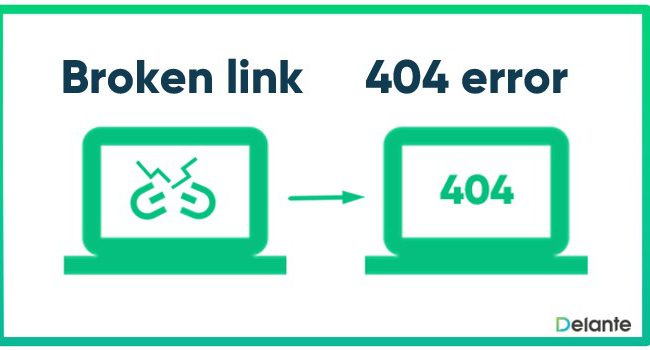
Broken links can harm user experience and your website’s credibility. To fix them:
By avoiding these common mistakes, you’ll be well on your way to a more technically sound dental website. Keep up the good work!
Now that we’ve covered common mistakes to avoid, let’s dive into the best practices for Technical SEO. By following these steps, you’ll improve your dental website’s performance and rank higher in search results. Let’s get started!

With more people using mobile devices to search for dental services, it’s crucial to have a mobile-friendly website. To optimize for mobile:

Securing your website with an SSL certificate and HTTPS not only protects your patients’ data but also boosts your search rankings. To implement SSL:
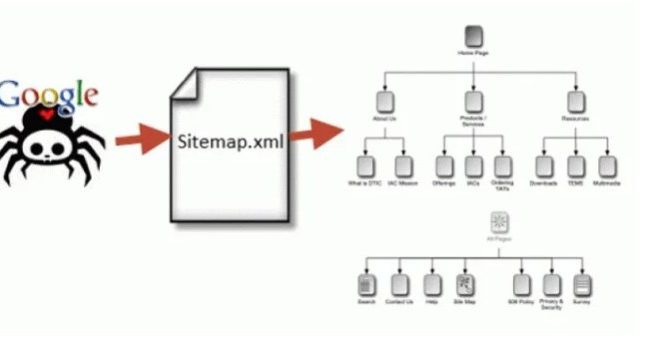
XML sitemaps help search engines discover and index your website’s content more efficiently. To create and submit a sitemap:
Structured data and schema markup provide search engines with more information about your content, enhancing your search listings. To add structured data:
A clear and logical URL structure makes it easier for search engines and users to navigate your website. To optimize your URLs:
By implementing these best practices, you’ll create a strong foundation for your dental website’s Technical SEO. Keep up the great work, and watch your online presence soar!

Let’s take a look at some examples that illustrate the concepts of how Technical SEO can significantly impact dental practices like yours. These success stories will help you understand the power of implementing Technical SEO best practices.
Meet Dental Practice A. They were struggling with a slow-loading website and frustrated visitors. By optimizing their site speed, they achieved:
How they did it:
Dental Practice B wanted to stand out in local search results and attract more patients. By adding structured data to their website, they experienced:
How they did it:
Dental Practice C aimed to increase organic traffic to their website. By optimizing their URL structure, they achieved:
How they did it:
By learning from these real-world examples, you can see the impact that Technical SEO can have on your dental practice’s online presence. Keep up the momentum, and implement these best practices to achieve similar success!

How long does it take to see results from Technical SEO?
Results from Technical SEO can vary depending on the size of your website and the complexity of the issues you’re addressing. Typically, you can start seeing improvements in your site’s performance within a few weeks to a couple of months after implementing the necessary changes. Remember, SEO is an ongoing process, and it’s essential to continuously monitor your website’s performance to ensure it stays optimized.
How much does Technical SEO cost?
The cost of Technical SEO depends on the scope of work and whether you’re doing it yourself or hiring an expert. If you decide to tackle Technical SEO on your own, there may be minimal costs involved, such as purchasing an SSL certificate or investing in premium SEO tools. However, if you choose to hire a professional SEO agency or consultant, the cost can range from $1,000 to over $5,000 per month, depending on the level of service and expertise. Keep in mind that investing in Technical SEO can lead to long-term benefits, including increased website traffic and higher search rankings.
Can I do Technical SEO myself or should I hire an expert?
While it’s possible to handle some aspects of Technical SEO on your own, the process can be time-consuming and requires a solid understanding of SEO principles. If you’re not familiar with SEO, it’s recommended to hire an expert who can help identify and fix any issues your website might have. By working with a professional, you can ensure your dental practice’s website is optimized for search engines and provides a seamless user experience for potential patients.

When it comes to optimizing your dental practice’s website, it’s crucial to understand the three main components of SEO: On-Page SEO, Off-Page SEO, and Technical SEO. Each plays a vital role in your website’s overall performance and visibility in search engine results.
On-Page SEO refers to the optimization of individual web pages on your site, including content and HTML source code. Key elements of On-Page SEO include crafting compelling, keyword-rich content, optimizing title tags and meta descriptions, and using header tags effectively. By focusing on On-Page SEO, you can ensure that search engines understand your content and rank it accordingly.
Off-Page SEO focuses on external factors that influence your website’s rankings, such as backlinks from other websites, social media activity, and online reputation. To improve Off-Page SEO, you can engage in link building, create share-worthy content, and maintain an active social media presence. These efforts can help increase your dental practice’s credibility and visibility in the eyes of search engines.
Technical SEO, as we’ve discussed in this guide, deals with the non-content aspects of your website that impact its performance, accessibility, and indexability. This includes elements like website speed, mobile-friendliness, and proper URL structure. Technical SEO serves as the foundation for your On-Page and Off-Page SEO efforts, ensuring your site is well-optimized for search engines and users alike.
In summary, On-Page SEO, Off-Page SEO, and Technical SEO are all essential components of a successful SEO strategy. By addressing each aspect, you can improve your dental practice’s online visibility, attract more potential patients, and ultimately, grow your business.
Step-by-step guide on performing a basic Technical SEO audit
Auditing your dental website for Technical SEO issues is crucial to ensure your site is optimized for search engines and users alike. Here’s a simple step-by-step guide to help you conduct a basic Technical SEO audit:
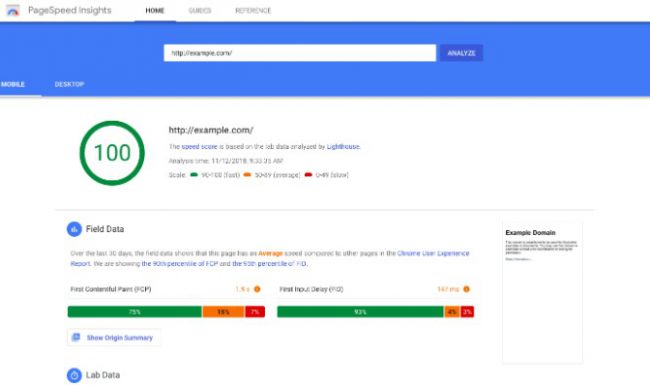
Slow-loading websites can deter potential patients and negatively impact your search rankings. Use a free tool like Google’s PageSpeed Insights (https://developers.google.com/speed/pagespeed/insights/) to test your site’s speed and get recommendations for improvement.
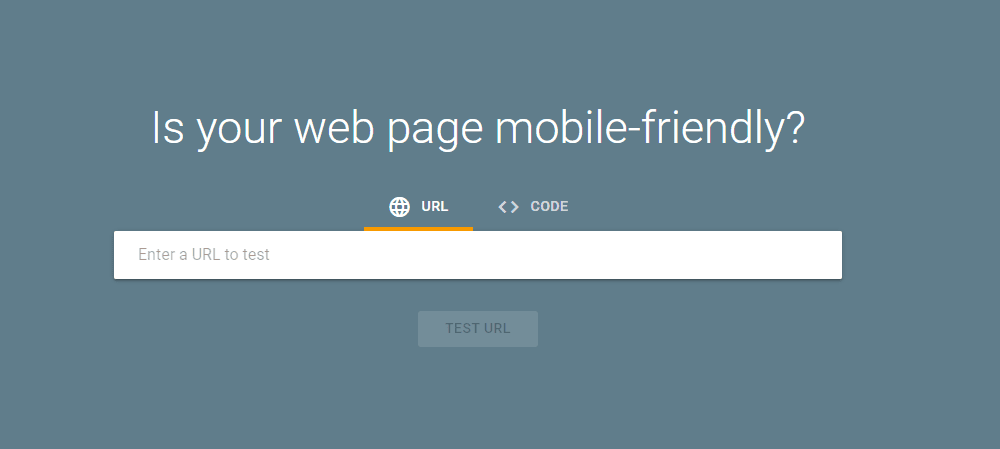
As more people use mobile devices to search online, having a mobile-friendly website is essential. Use Google’s Mobile-Friendly Test (https://search.google.com/test/mobile-friendly) to check if your site is responsive and easy to use on mobile devices.

Secure websites with SSL certificates and HTTPS are trusted by users and preferred by search engines. Confirm your site is secure by looking for the padlock icon in the address bar, and ensure your site uses HTTPS.
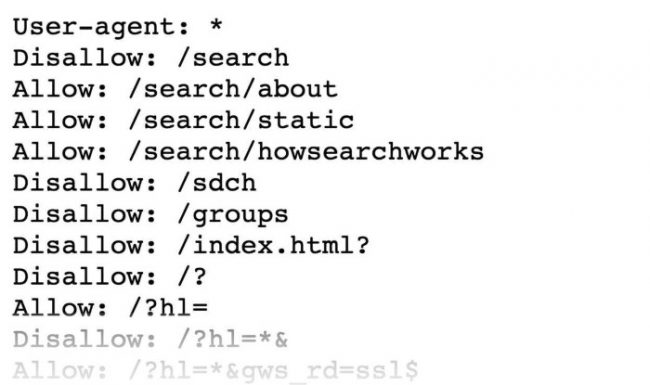
A misconfigured robots.txt file can block search engines from accessing your site. Use Google Search Console’s robots.txt tester to review your file and fix any issues.
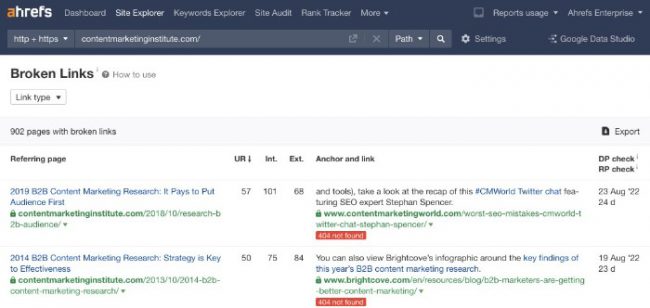
Broken links can harm the user experience and your SEO efforts. Use a tool like Screaming Frog (https://www.screamingfrog.co.uk/seo-spider/) or Ahrefs’ Broken Link Checker (https://ahrefs.com/broken-link-checker) to identify and fix broken links on your site.
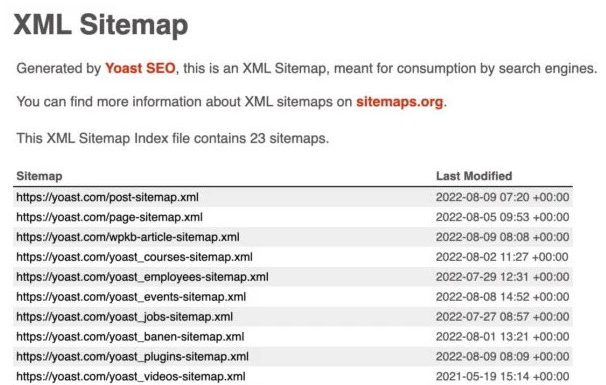
XML sitemaps help search engines understand your site’s structure and discover new content. Verify you have a valid sitemap by submitting it to Google Search Console (https://search.google.com/search-console/sitemaps).
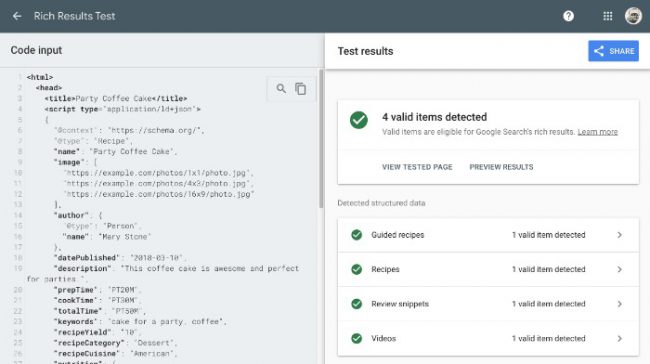
Structured data and schema markup can improve your search visibility and click-through rates. Use Google’s Structured Data Testing Tool (https://search.google.com/structured-data/testing-tool/) to check your markup and fix any errors.
By following these steps, you can identify and address common Technical SEO issues, improve your dental website’s performance, and increase your chances of ranking higher in search results.
Recommended tools and tips for ongoing optimization
Keeping your dental website optimized requires ongoing attention and monitoring. Here’s a guide to help you maintain your Technical SEO efforts, written in a style any 10th grader can understand:
These free tools help you monitor your site’s performance, identify issues, and track user behavior. Sign up for Google Search Console (https://search.google.com/search-console/welcome) and Google Analytics (https://analytics.google.com/analytics/web/) to access valuable insights and data.
Website speed impacts user experience and search rankings. Regularly test your site’s speed with tools like PageSpeed Insights (https://developers.google.com/speed/pagespeed/insights/) and GTmetrix (https://gtmetrix.com/) to ensure optimal performance.
With increasing mobile usage, maintaining a mobile-friendly site is crucial. Use Google’s Mobile-Friendly Test (https://search.google.com/test/mobile-friendly) to check your site’s responsiveness and make necessary improvements.
Ensure your site remains secure by regularly checking the padlock icon in your address bar and confirming the use of HTTPS.
Broken links can harm user experience and SEO efforts. Use a tool like Screaming Frog (https://www.screamingfrog.co.uk/seo-spider/) to regularly check for broken links and fix them.
Updating your XML sitemap helps search engines discover new content. Use a plugin like Yoast SEO (https://yoast.com/wordpress/plugins/seo/) to automatically update your sitemap and submit it to Google Search Console.
Regularly check your structured data and schema markup with Google’s Structured Data Testing Tool (https://search.google.com/structured-data/testing-tool/) to fix any errors and enhance search visibility.
By consistently monitoring and maintaining your Technical SEO efforts, you’ll ensure your dental website stays optimized and ranks higher in search results.

In conclusion, Technical SEO is a critical aspect of online visibility and success for dental practices. By following best practices and avoiding common mistakes, you can enhance user experience, improve search engine rankings, and ultimately drive more patients to your practice.
Key takeaways include:
As a next step, consider partnering with a trusted provider like Prosites to optimize your dental website’s Technical SEO. Prosites’ team of experts will help you navigate the complexities of Technical SEO, ensuring your site stays at the top of search results and reaches more potential patients.
Don’t miss out on the benefits of effective Technical SEO – take action today!